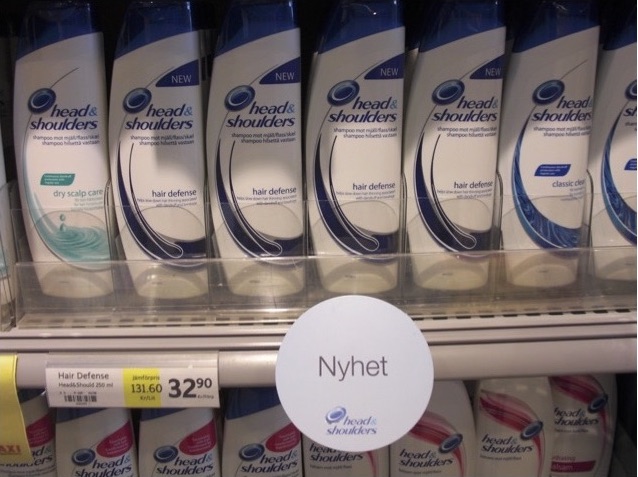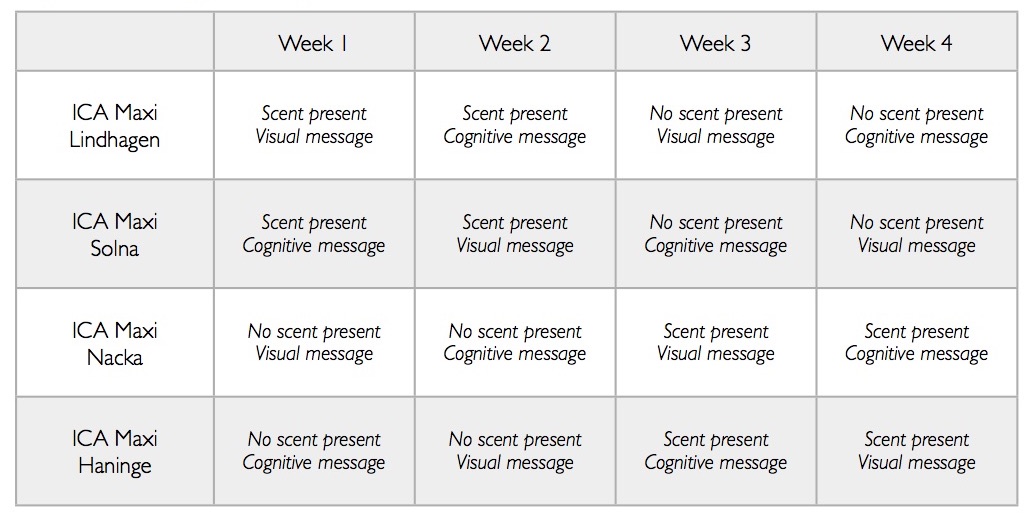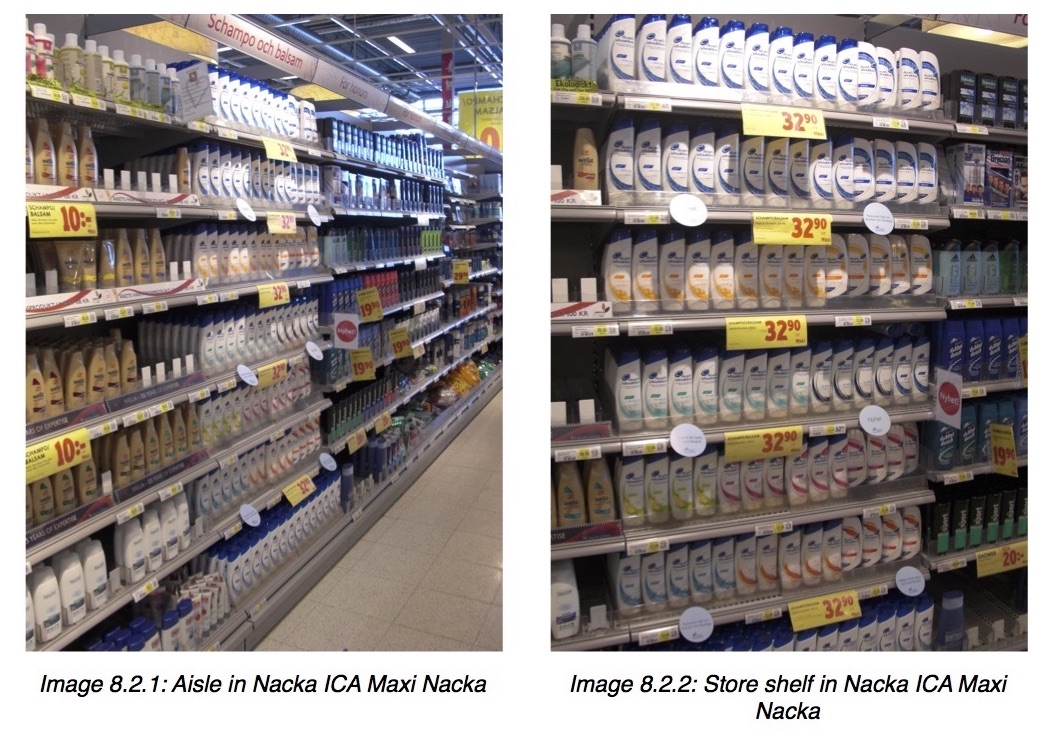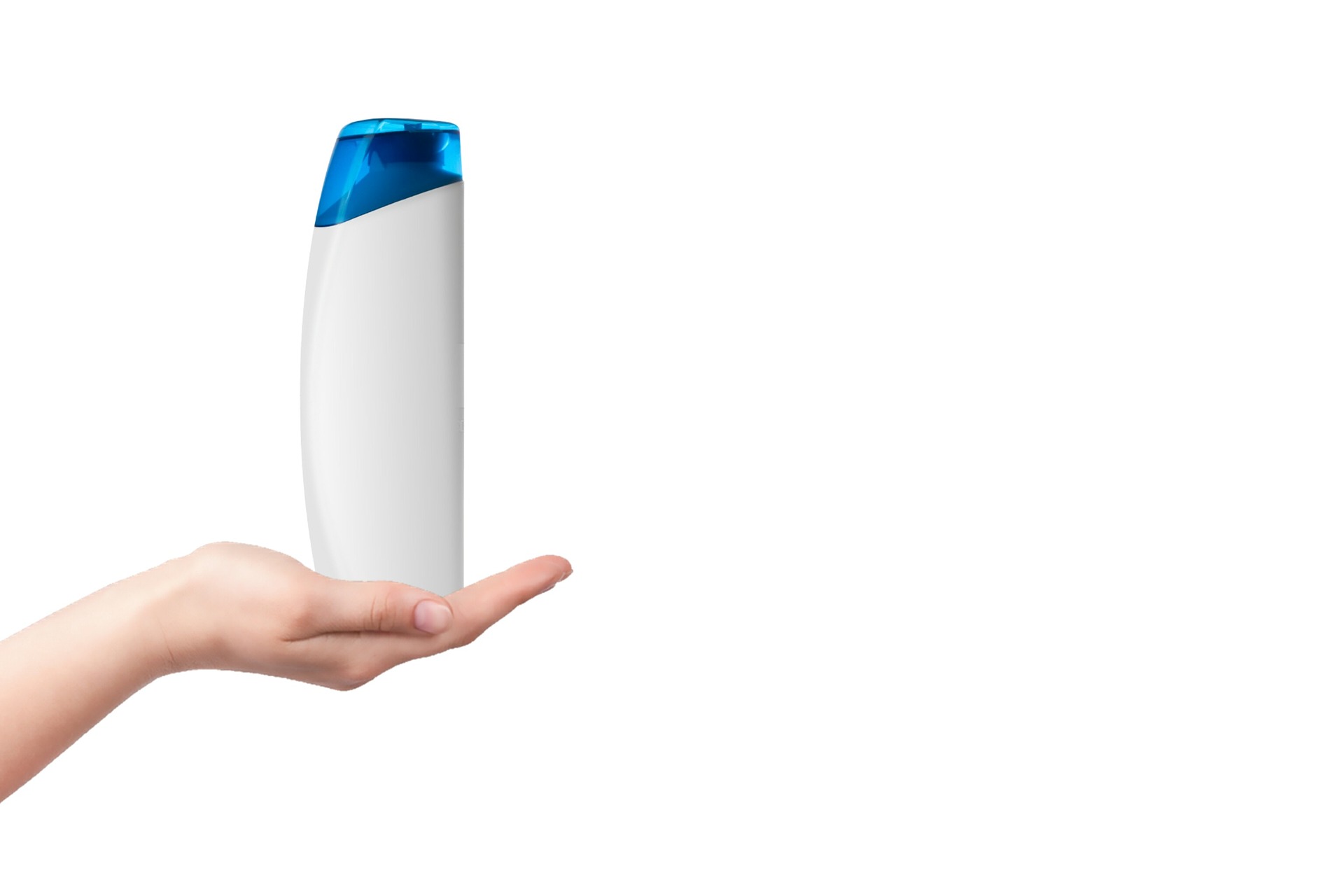Stockholm, Sweden Ambient Scent Case Study
In 2010, two researchers at the Stockholm School of Economics conducted a marketing research experiment to test the power of scent marketing in Sweden. The product they chose to test was the new Head & Shoulders Hair Defense shampoo. The researchers write, “New products are associated with a greater perceived risk making it an interesting study object as contemporary scent marketing research shows that a pleasurable scent makes the customer’s less sensitive to risk and more variety seeking” (9).
Over the course of four weeks for the study, they tested scent in four grocery stores and recorded over 800 customer observations and 600 questionnaires. The results of their study proves that using scent in store increases sales not only of the test product (in this case, the Head & Shoulders shampoo), but also products in that vicinity. In addition, using scent in store improves customers’ moods and overall evaluations of the store and customer experience.

Thesis
Their primary thesis was how olfactory stimuli can affect consumers’ response in a cluttered retail environment. By using scent in the shopping space, they tested how the presence of a pleasant and congruent scent works as two functions. The first is how scent can be used as a marketing method in grocery stores. The second is how scent impacts the consumer’s cognitive ability to process and remember advertising messages.
Experiment Details
Who, What, Where, When:
The researchers used four of the same chain of grocery stores in four different locations in Stockholm as their place of study. The test product chosen was the new Head & Shoulders Hair Defense shampoo, a product that is naturally associated with scent, requires a high level of personal involvement for customers, and high purchase frequency. The study was conducted over four weeks. Over the course of the four weeks, they made 837 customer observations and collected 628 questionnaires. In addition, over the four week study, there were no complaints of the scent from consumers.
Learn more about our Ambient Scent Solutions.
Why:
The study was thoroughly done using the Latin Square Design method to minimize calendar effects and variations between stores. Each week, the stores changed on their use of scent and visual displays. For one week, two stores would have scent present, while the other two did not. In addition, two stores would have visual messages on their product display, while the other two featured cognitive messages. The researchers rotated each week which store would have scent and visual or cognitive product ads. Thus, the researchers tested the effects of scent on overall consumer behaviour, and whether scent increased consumer cognition — if scent made consumers more receptive to ads with sales arguments for that product.


How:
The researchers placed scent machines accordingly near the product display in store based on the weekly schedule of the experience. The scent used was Lemon Fresca. In fact, the two researchers actually conducted a pre-test to determine what scent to use for this research. They concluded at the end of their pre-experiment that lemon had the most positive reactions and connected to the Head & Shoulders shampoo fragrance the best. In addition, the visual and cognitive signs differed in that the cognitive signs featured messages like “protects against hair damage,” “helps slow down hair loss,” and “reduces dandruff.” The visual signs only showed product image and the word “new.”
Finally, the questionnaire was conducted by the researchers approaching customers and recording their answers. Each questionnaire had 11 questions, beginning with the customer’s visit to store and purchase. Next, they asked the customer their evaluation of the store, scent and product. Then, questions of the customer’s mood was asked — did scent make them feel less stressed? Finally, the questionnaire concluded with basic age and gender questions.
Results
With sales, consumer and questionnaire data, the researchers concluded the following:
- The presence of a pleasant scent improves customers’ moods.
- It increased sales of the tested product — total sales of the Head & Shoulders shampoo increased about 17% with scent present. The share of total sales of shampoo category increased about 20% with scent present.
- It also increased sales of products in the surrounding area. Sales of products in the vicinity near the shampoo also increased about 3% with scent present.
- The scent increased the amount of unplanned purchases of the shampoo. Increase in customers impulse buying the shampoo was about 13%.
- It also increased the amount of variety seeking purchases in the product category. There was about a 14% increase in variety seeking when the scent was present; consumers have gone for brands they usually do not purchase.
- General increase in customer interest in the product — the number of customers that passed by, stopped, looked at the product and/or purchased all increased with the presence of scent.
- Finally, the presence of scent produced more positive evaluations of the store — customers thought it was less cluttered with advertising, and felt less stressed inside. However, positive evaluations of the product only increased marginally.
Conclusion
Using scent as a marketing strategy proved to be able to increase sales of a specific category of product. Scent also improves customers’ moods when in store, inclining them to spend more time in store and interest in your product. Moreover, scent spread to other areas of the store, also increasing sales of nearby products, especially in the personal care category. Finally, scent will also improve customer’s perceptions of your brand, and ultimately brand loyalty.



